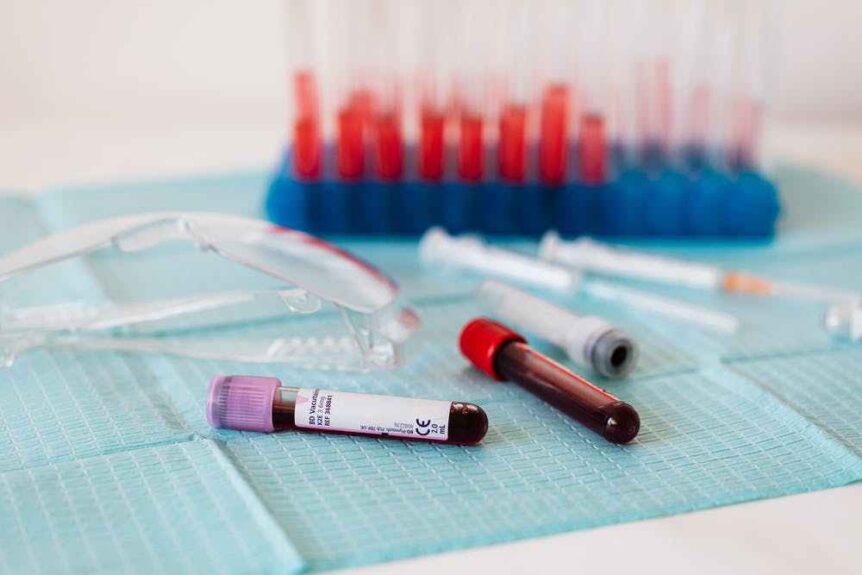Sickle cell anemia is one of a group of disorders known as sickle cell disease (SCD). Sickle cell disease is a genetic condition that is present at birth. It is inherited when a child receives two sickle cell genes- one from each parent. It is most common among people whose ancestors come from Africa; Mediterranean countries such as Greece, Turkey, and Italy; the Arabian Peninsula; India; and Spanish-speaking regions in South America, Central America, and parts of the Caribbean.
The exact number of people living with sickle cell disease in the U.S. is unknown.
According to the CDC it is estimated that:
- SCD affects approximately 100,000 Americans.
- SCD occurs among about 1 out of every 365 African American births.
- SCD occurs among about 1 out of every 16,300 Hispanic-American births.
- About 1 in 13 African American babies are born with the sickle cell trait.
In sickle cell anemia there are not enough healthy red blood cells to carry oxygen throughout the body. Normally, round red blood cells are flexible and moves easily through blood vessels. In sickle cell anemia, red blood cells are sickled or shaped like crescent moons. These red blood cells are rigid and sticky, and they can get stuck in small blood vessels. This can slow or even reduce blood flow and oxygen to parts of the body.
For most people living with sickle cell anemia there is no cure. Treatments are used to relieve pain and help prevent complications associated with the disease.
Sickle cell disease can cause several health problems that can impact the overall quality of life of people living with the disease such as severe pain episodes, infections like flu, hepatitis, and meningitis especially for infants and children, eye disease, and acute chest syndrome. Sickle cell anemia can even cause damage to the nerves and organs like the kidneys, liver, and spleen.
Here are 5 ways for living well with this condition:
Obtain Quality Medical Care
Sickle cell disease is a complex. Obtaining quality medical care from a team of providers experienced in managing sickle cell disease is key. A hematologist working in collaboration with other specialists is ideal.
Develop Healthy Habits
People with sickle cell disease should drink 8 to 10 glasses of water every day and eat a healthy and well-balanced diet made up of fruits, vegetables, whole grains, and protein. It is also advised to not to get too hot or even too cold as these temperature extremes can trigger a pain crisis. Lastly, resting when tired and allowing yourself to get 7-8 hours of sleep each night is important.
Exercise with Care
Drink plenty of fluids before, during, and after exercise to prevent dehydration. Be sure to take regular rest breaks during vigorous exercise.
Prevent Infections
Staying up to date with immunizations and vaccines is an absolute must. Practice hand hygiene by washing hands often with soap and water for 20 seconds or use hand sanitizer gel or foam when soap and water is not available.
Form Supportive Relationships
Living with sickle cell disease can be challenging. Be open to joining a patient support group or community-based organization that can provide information, assistance, and support.
Now that we better understand the impact of this disease, we each can do more to support and advocate for those living with sickle cell disease.

